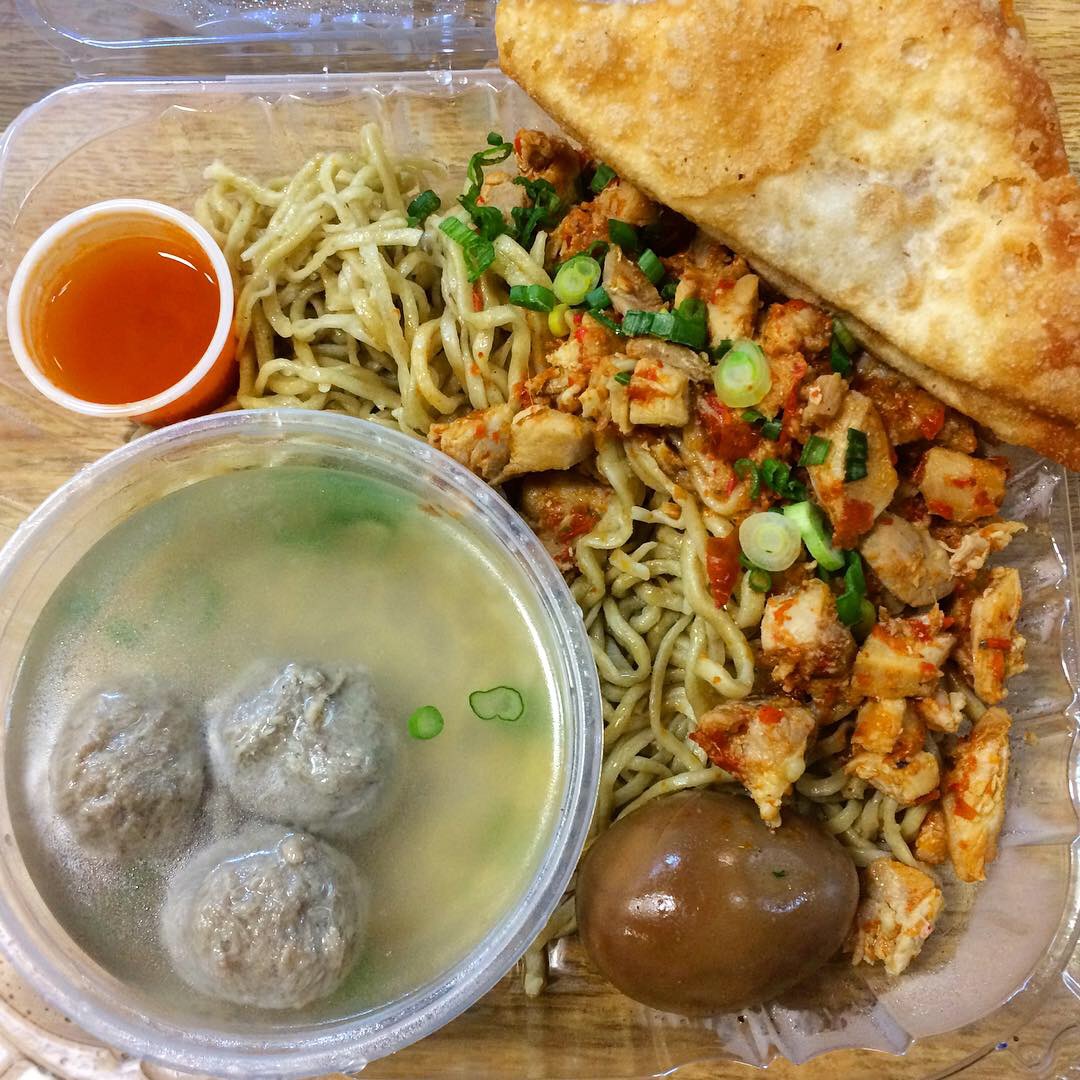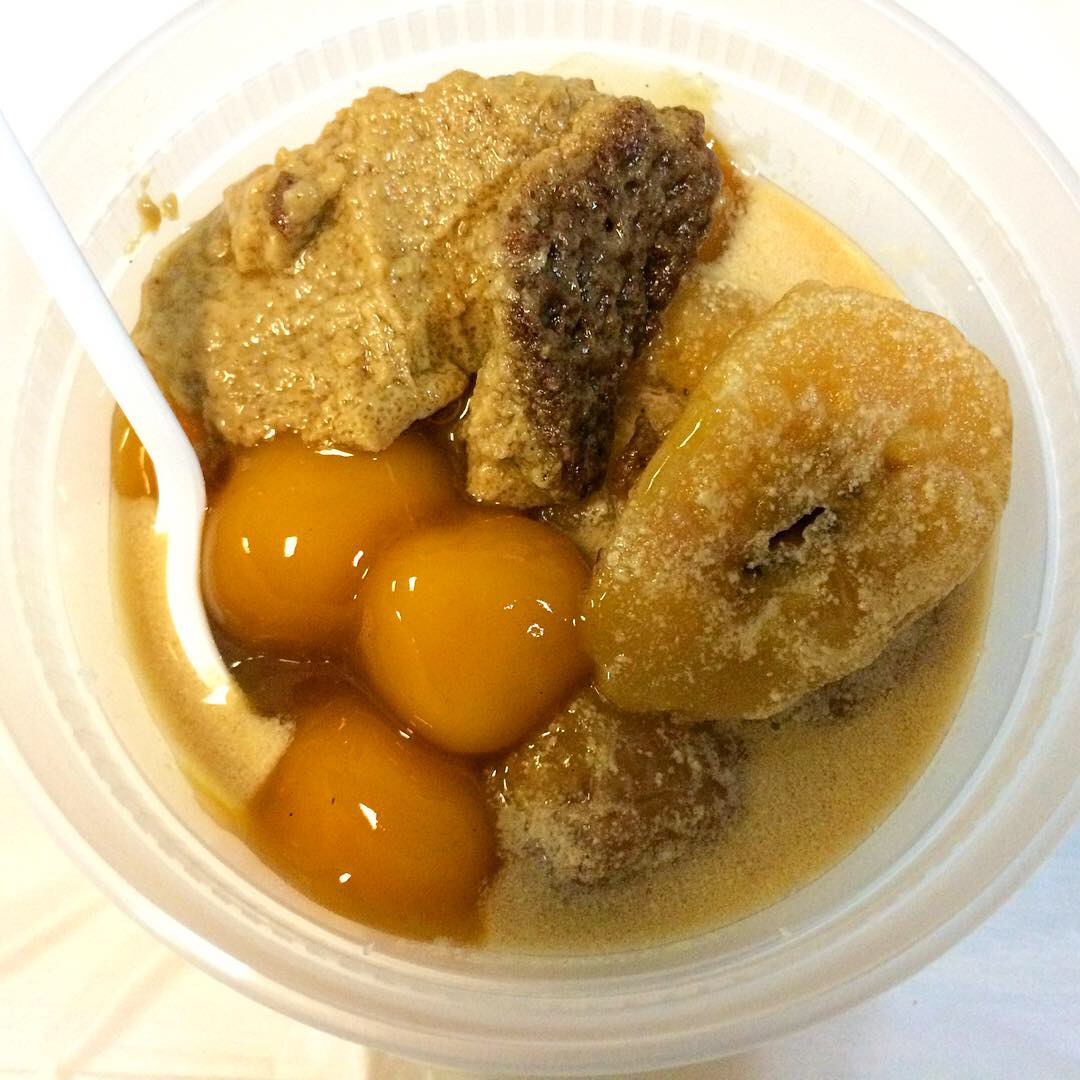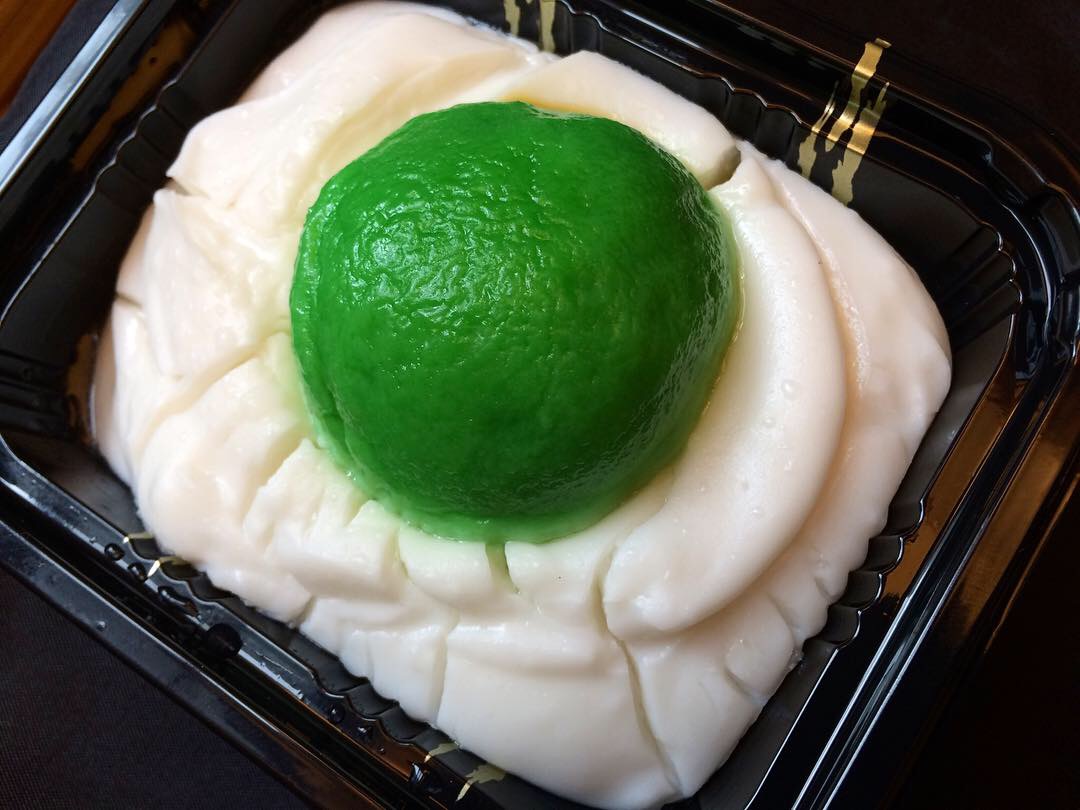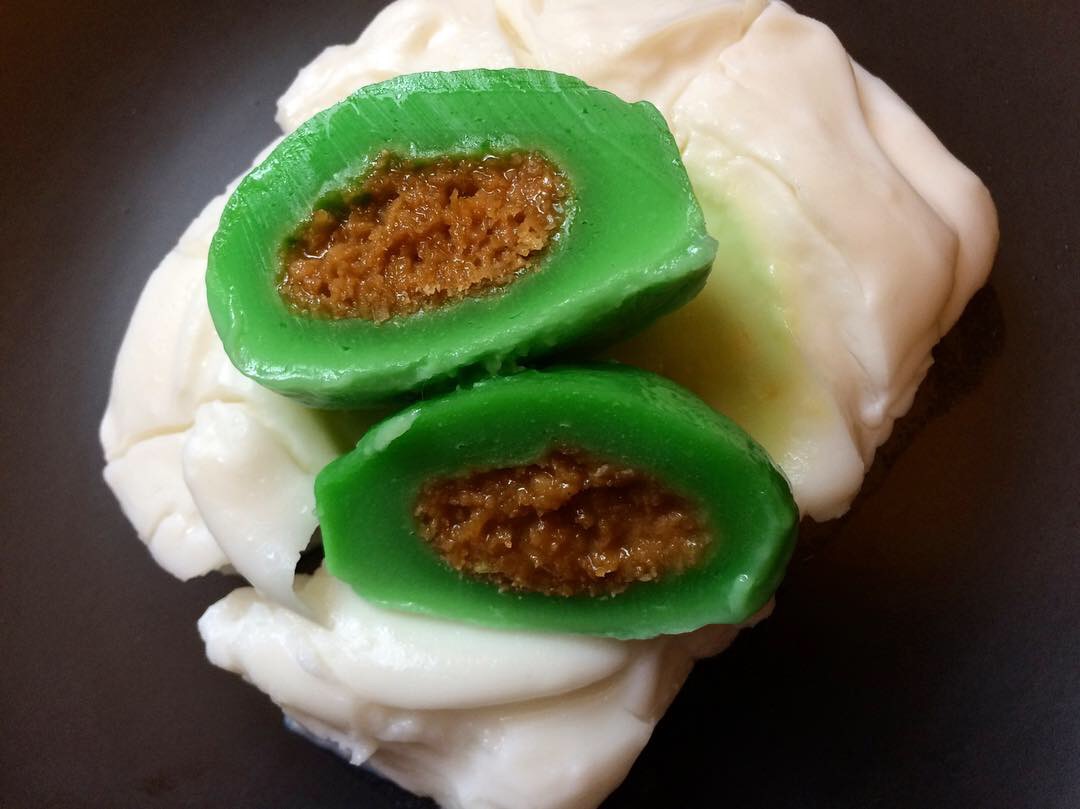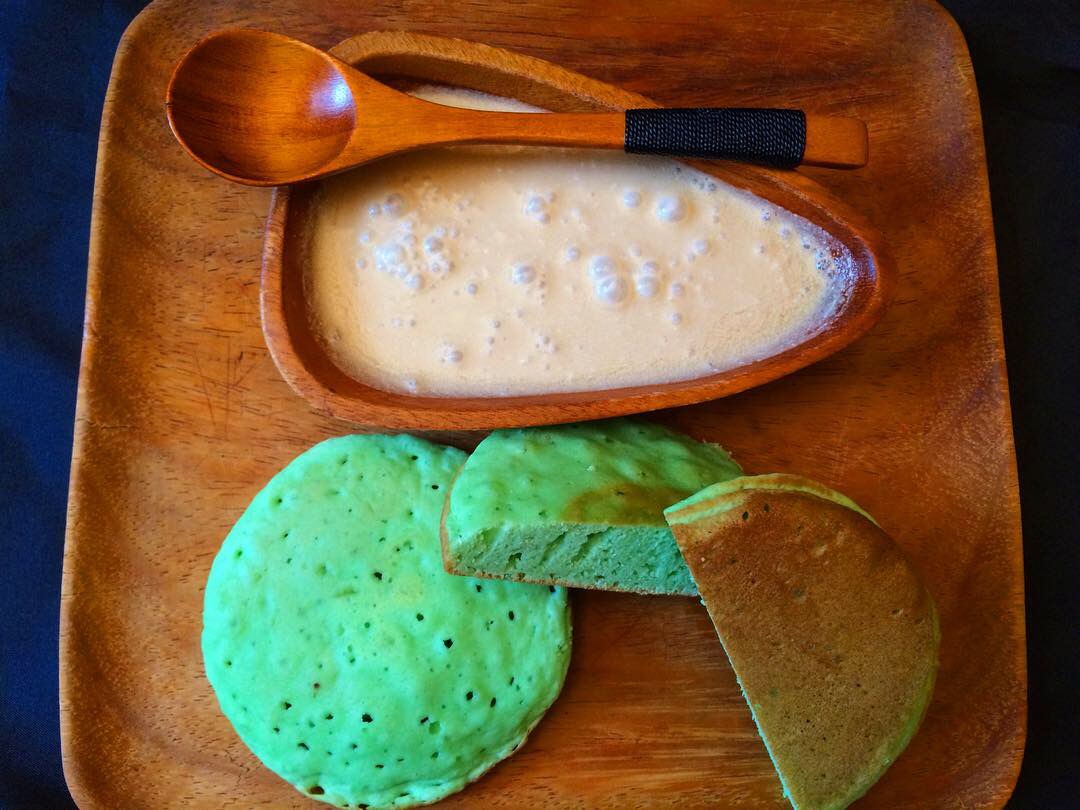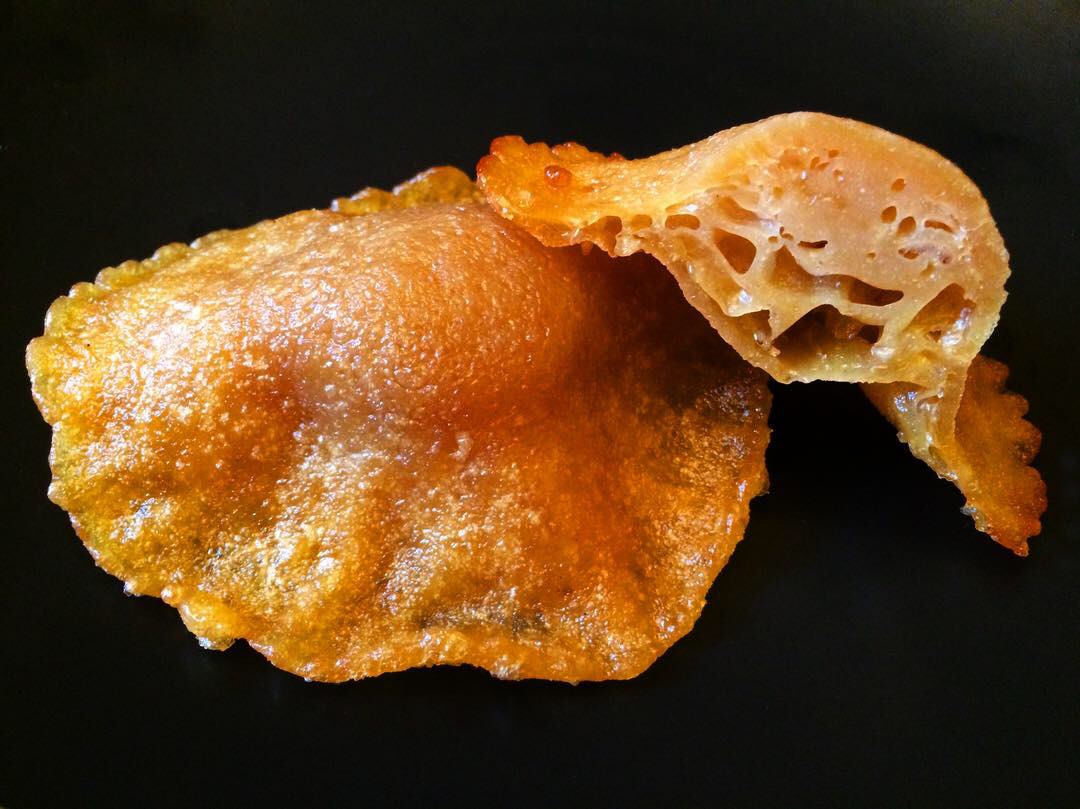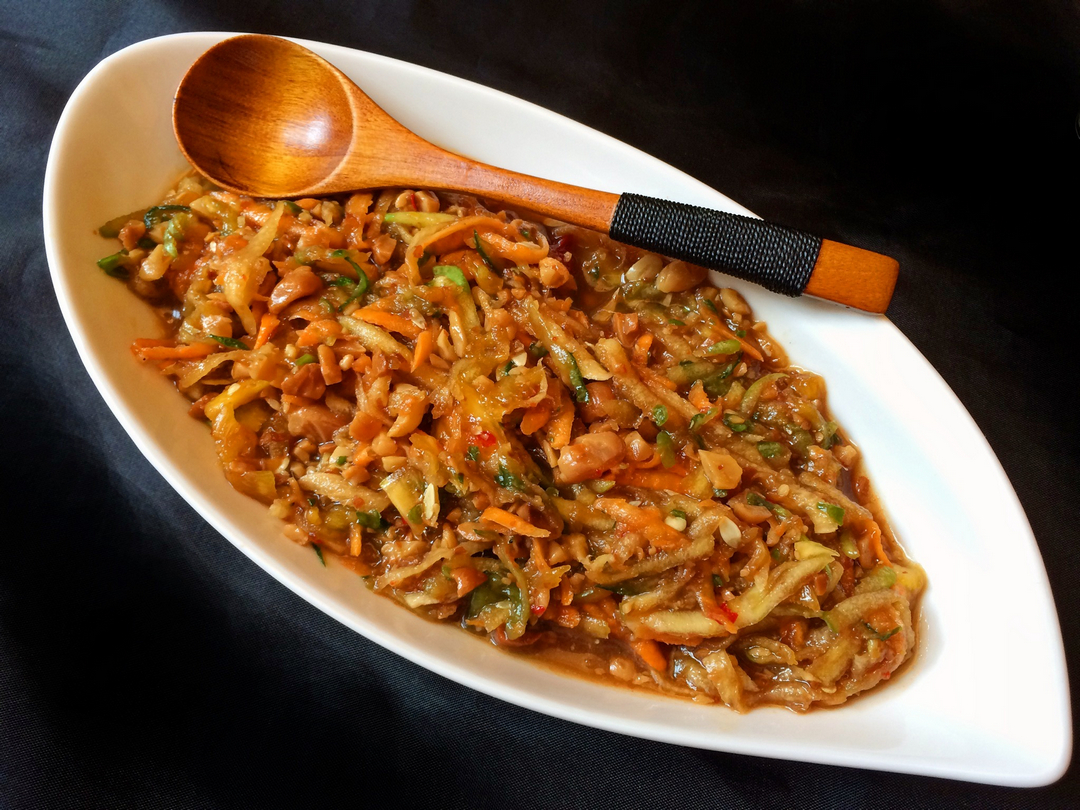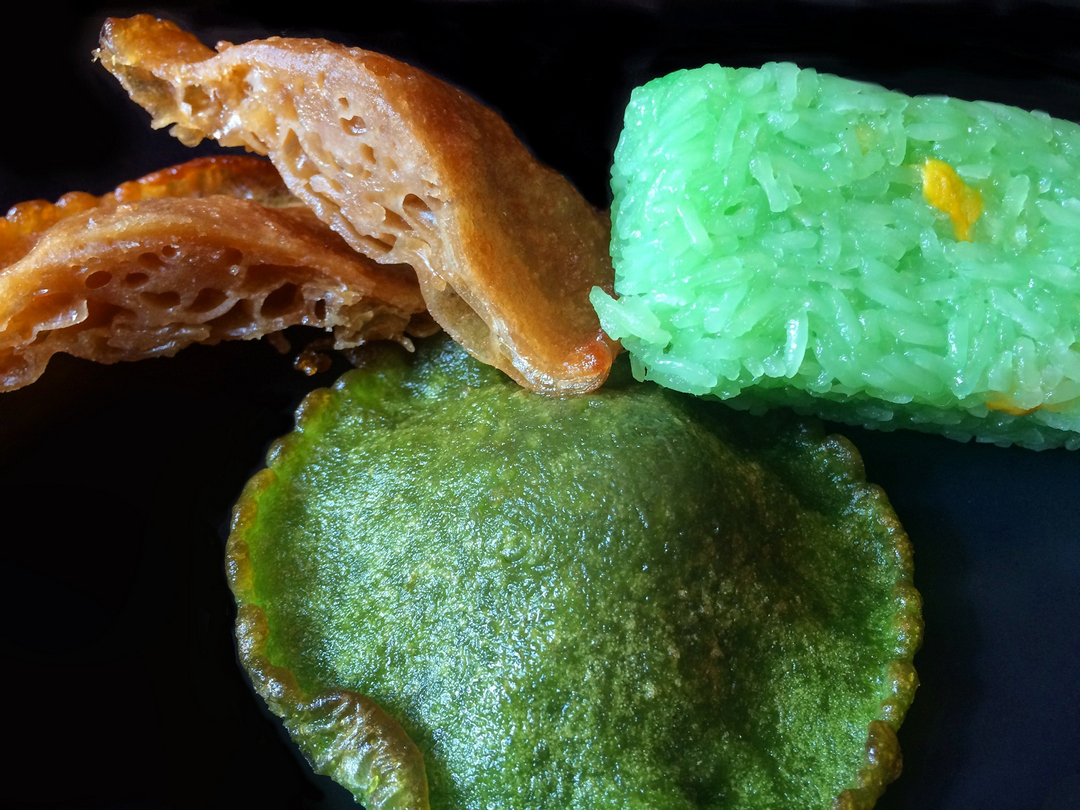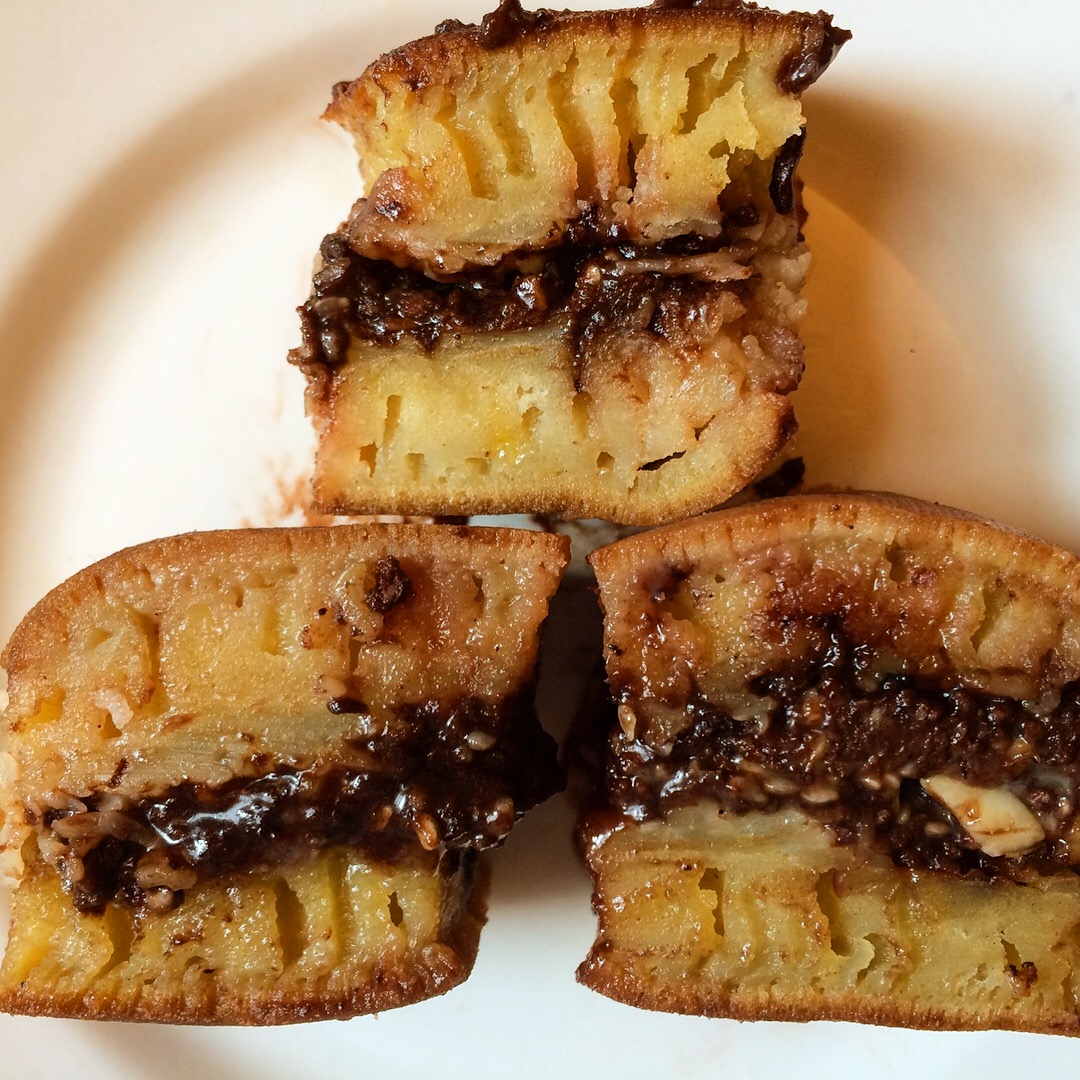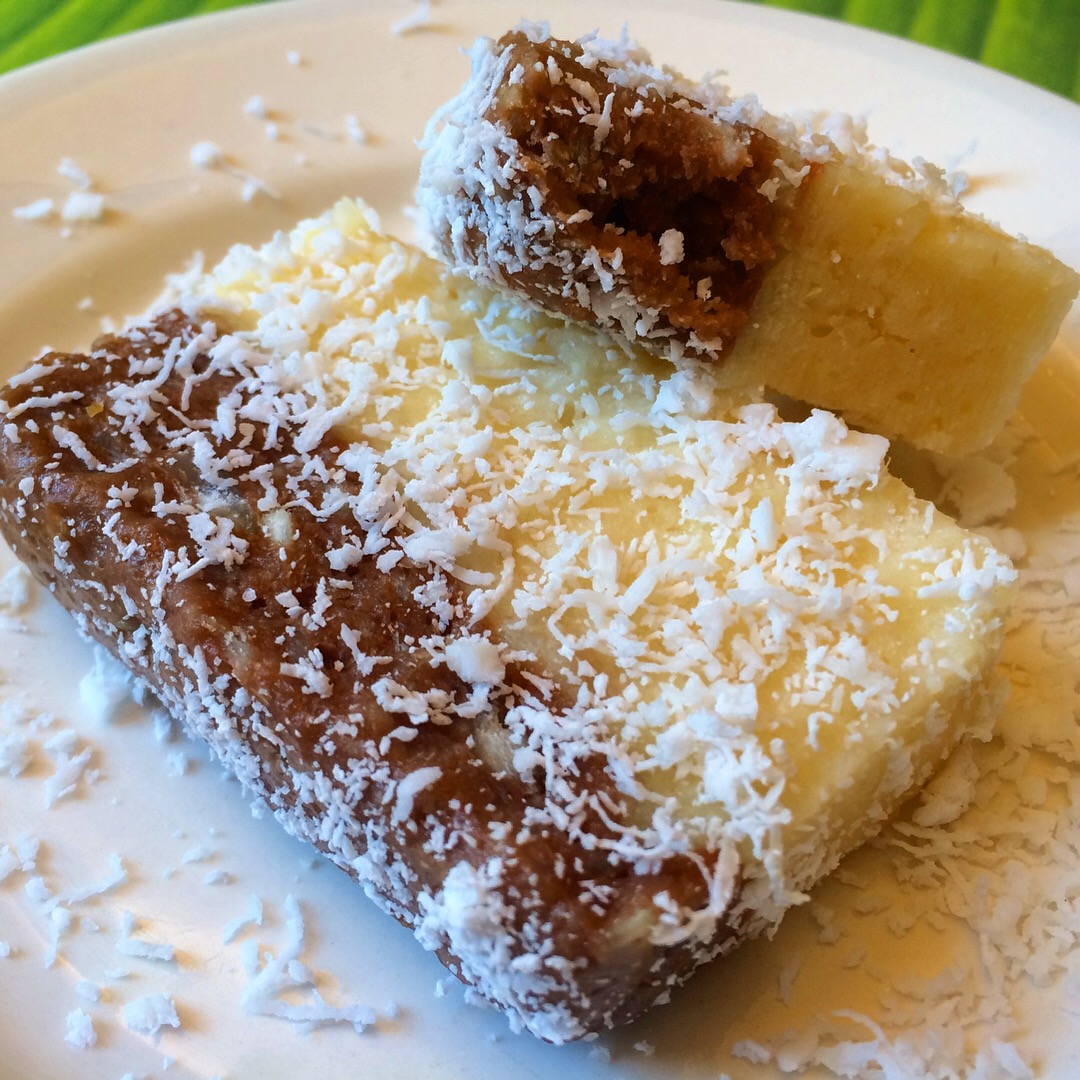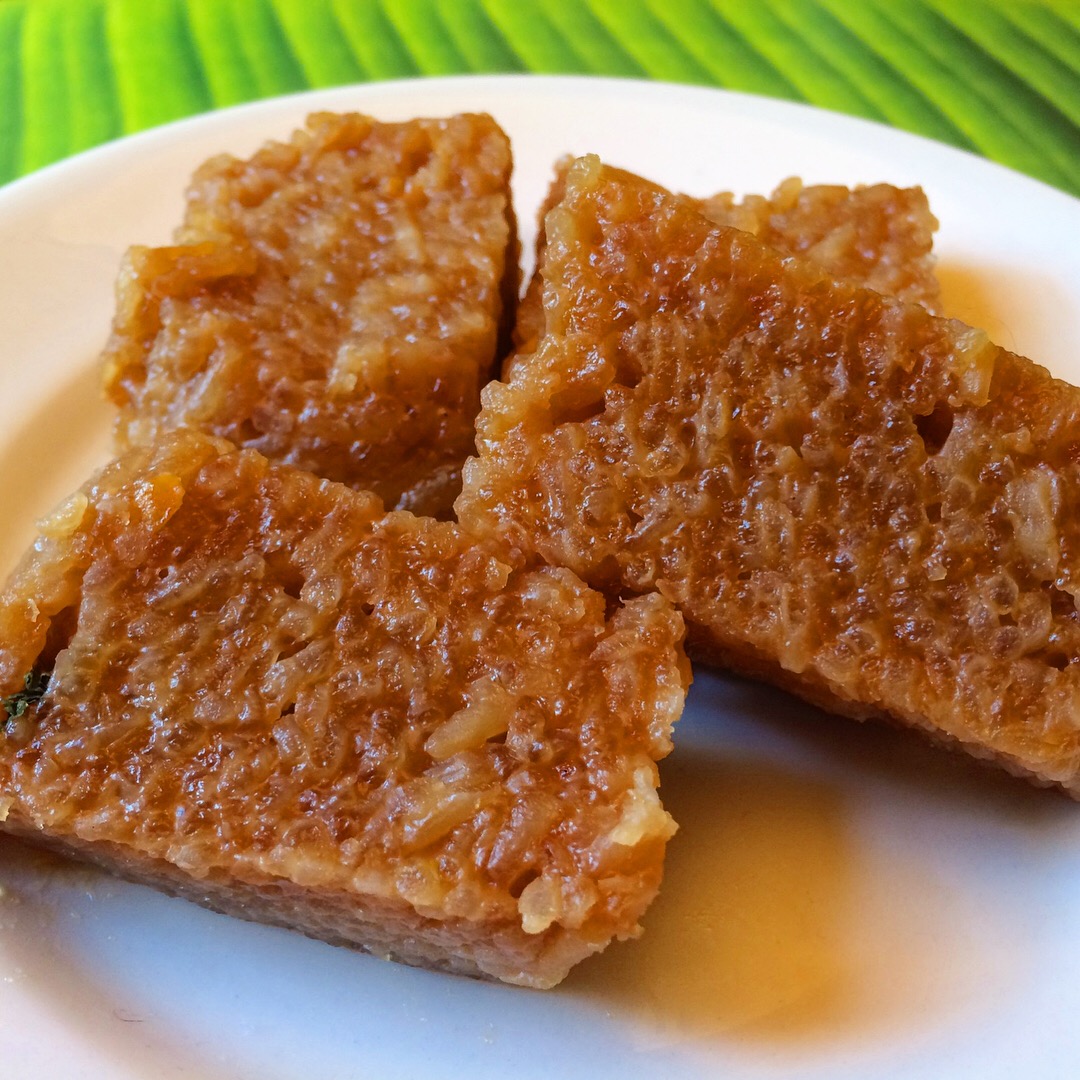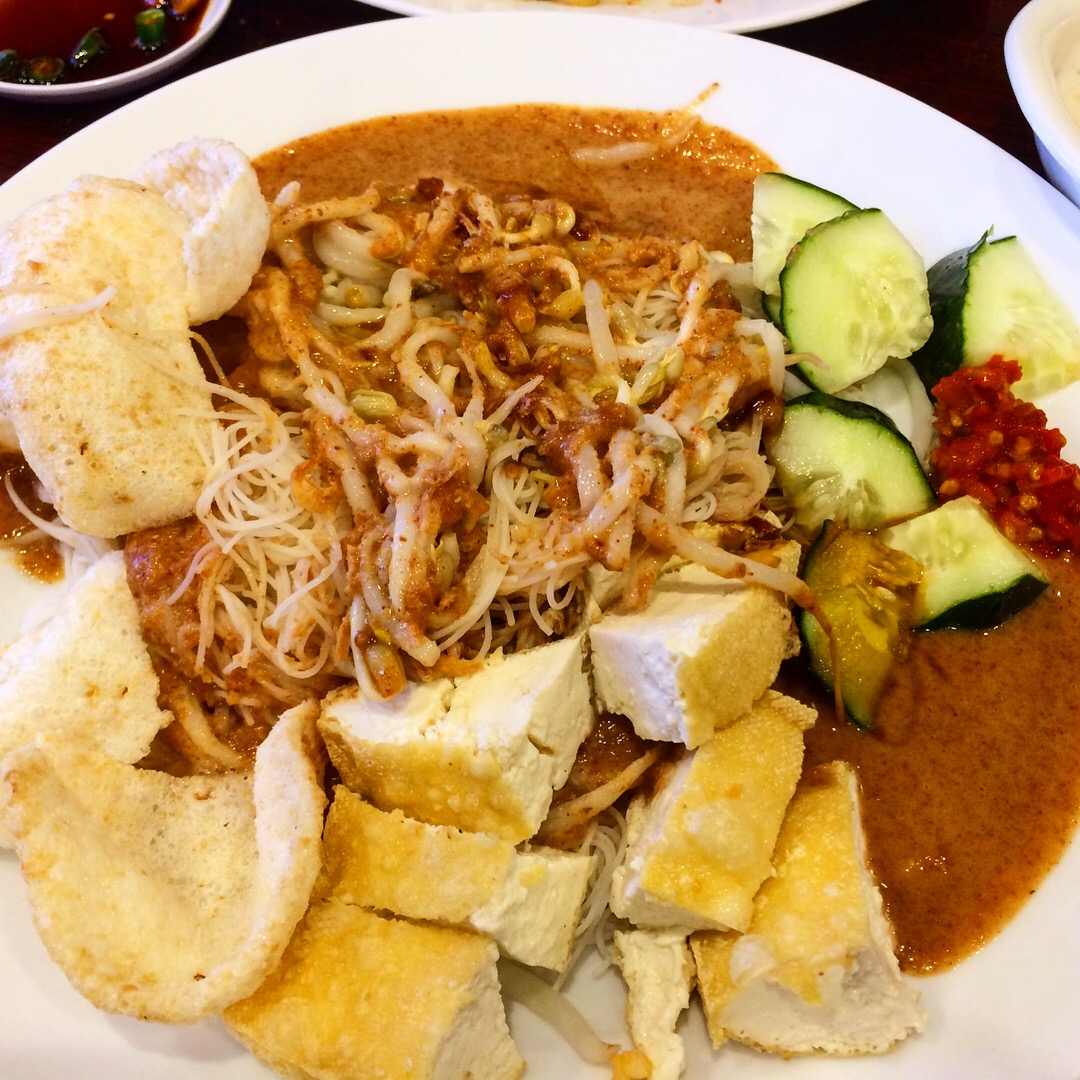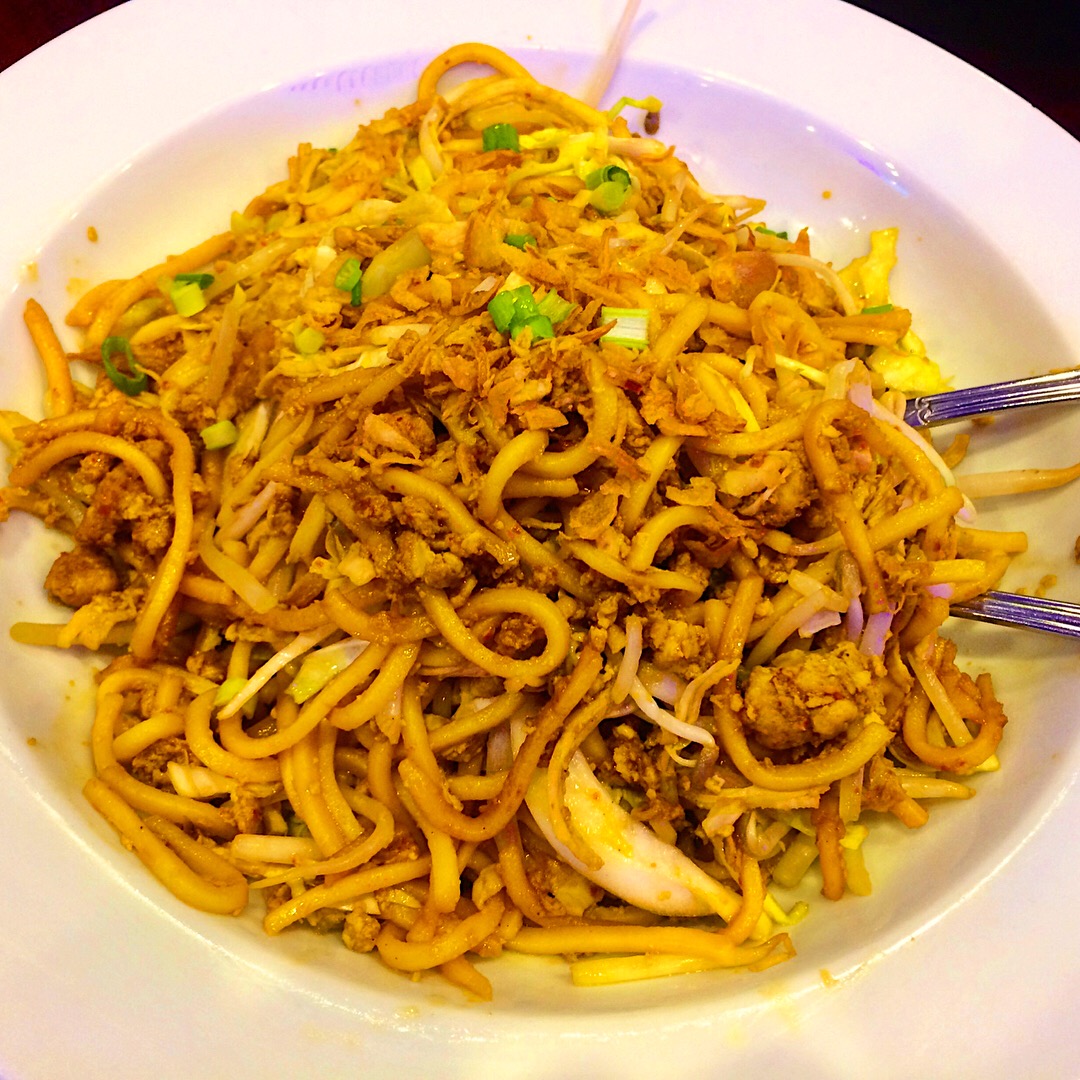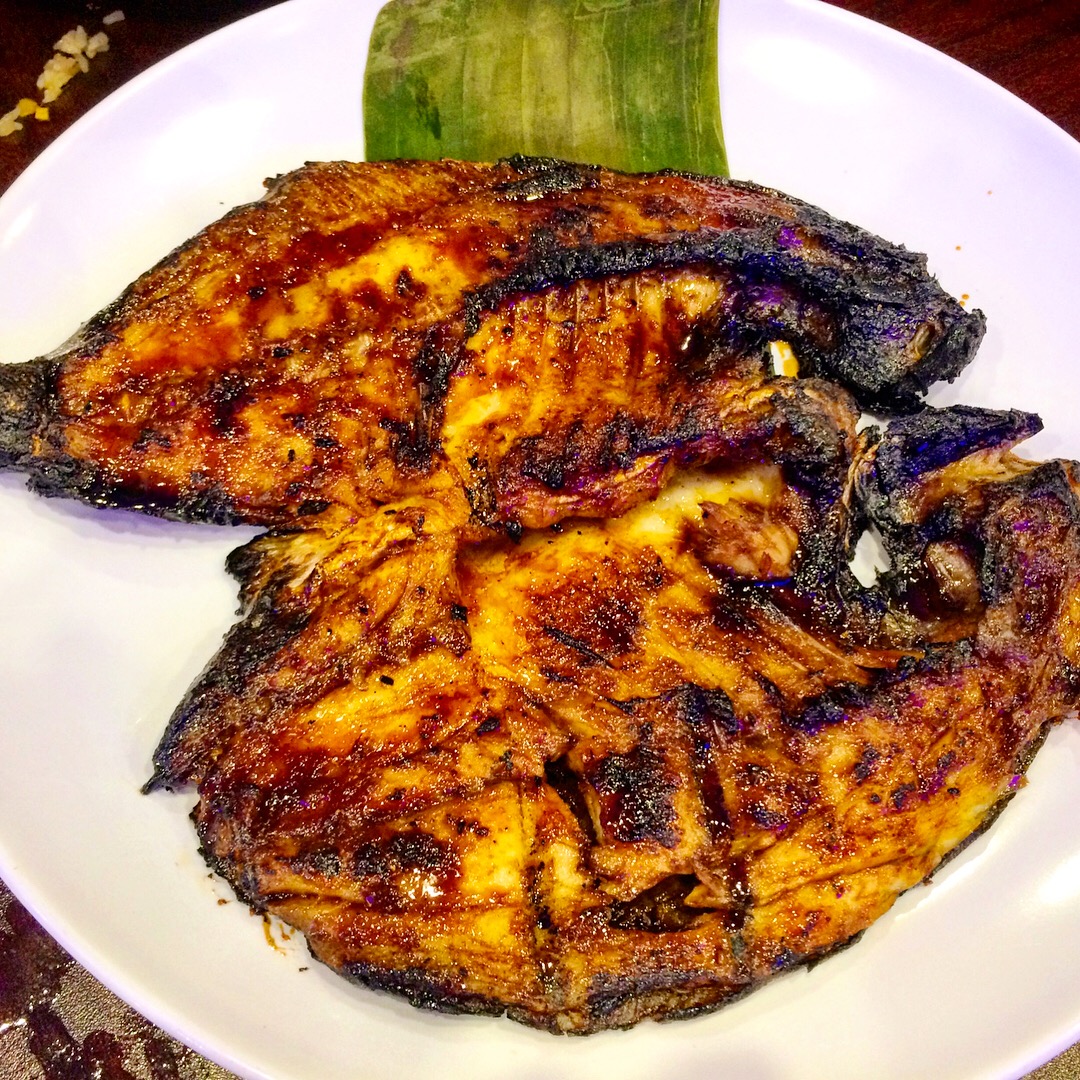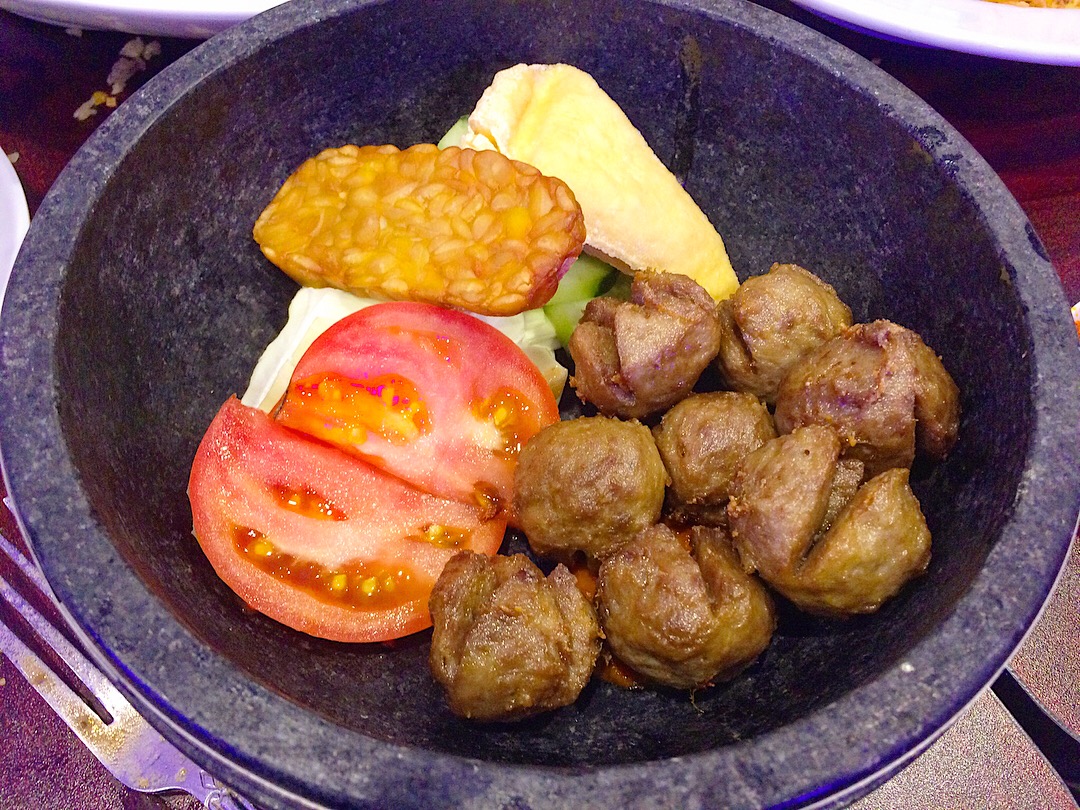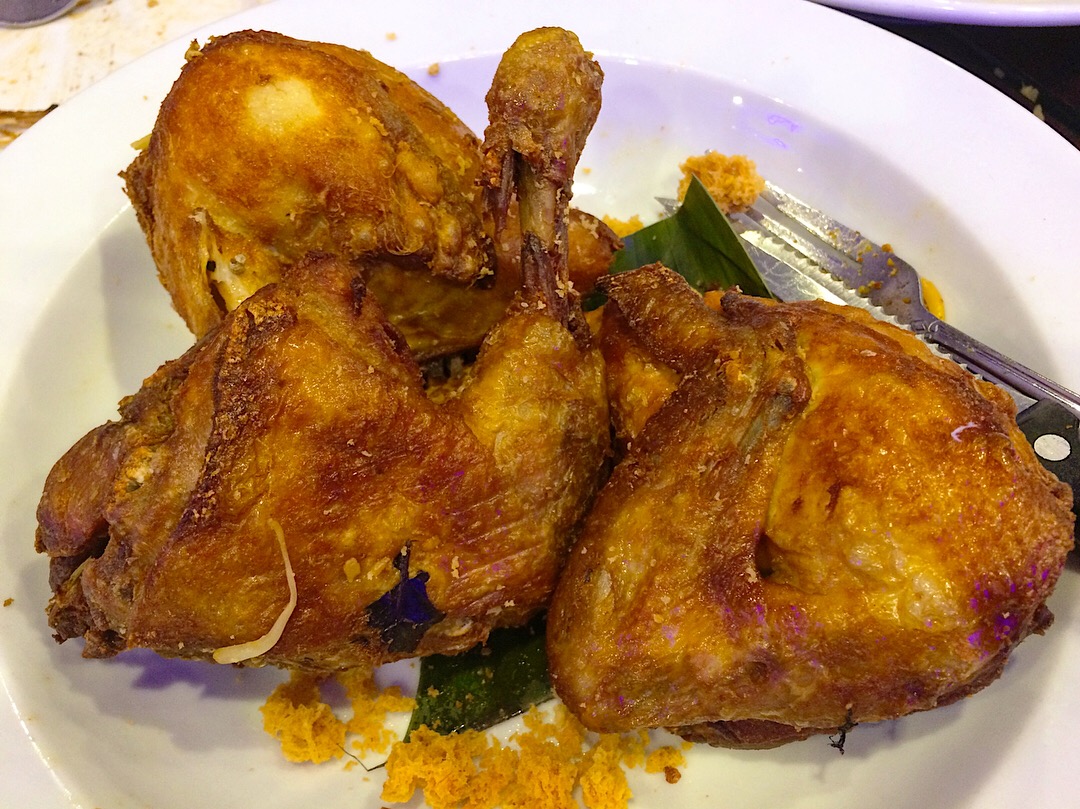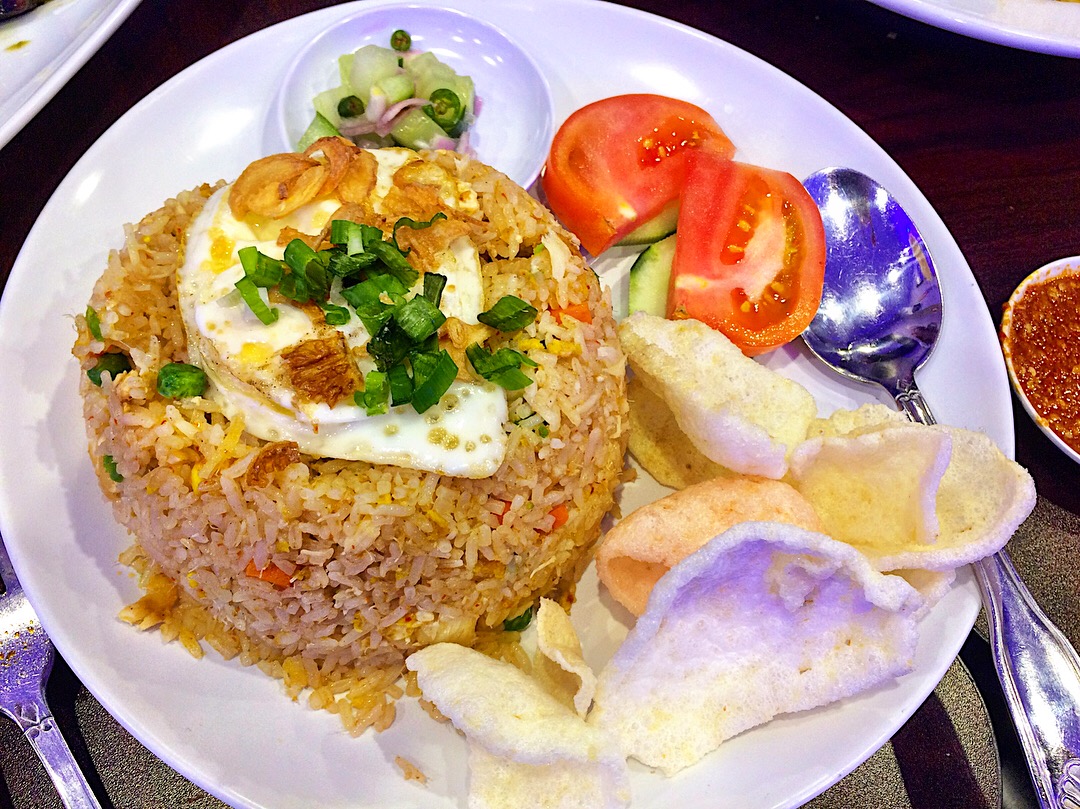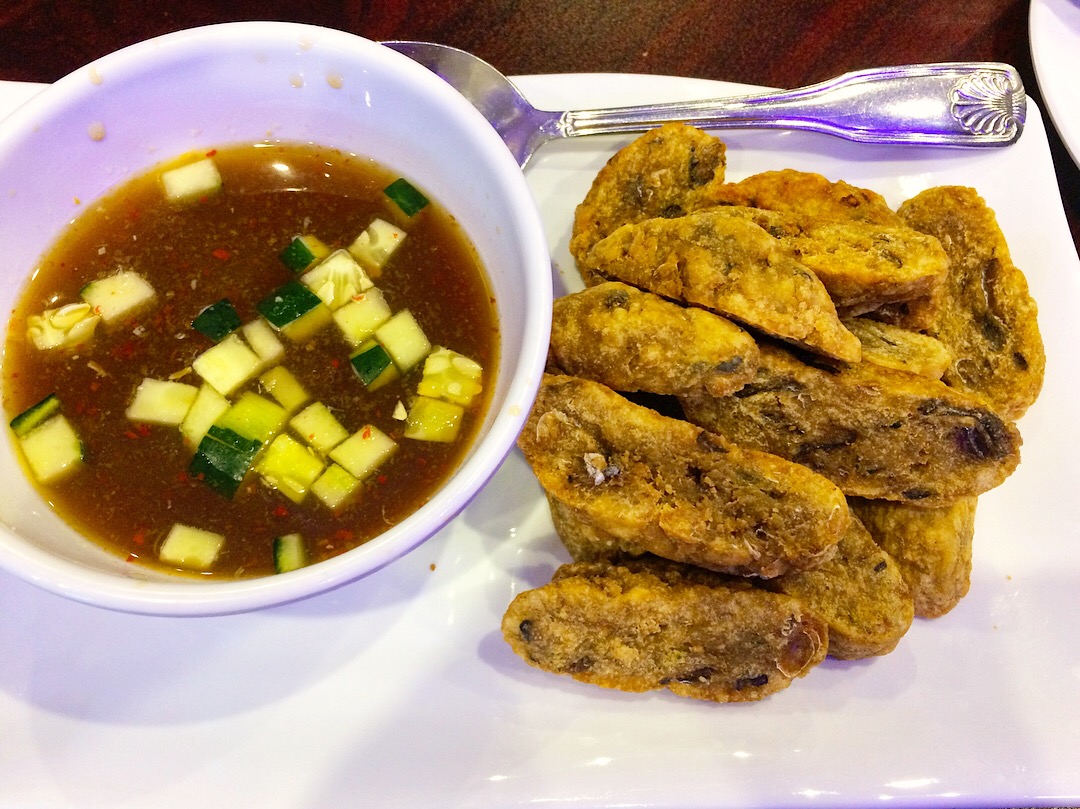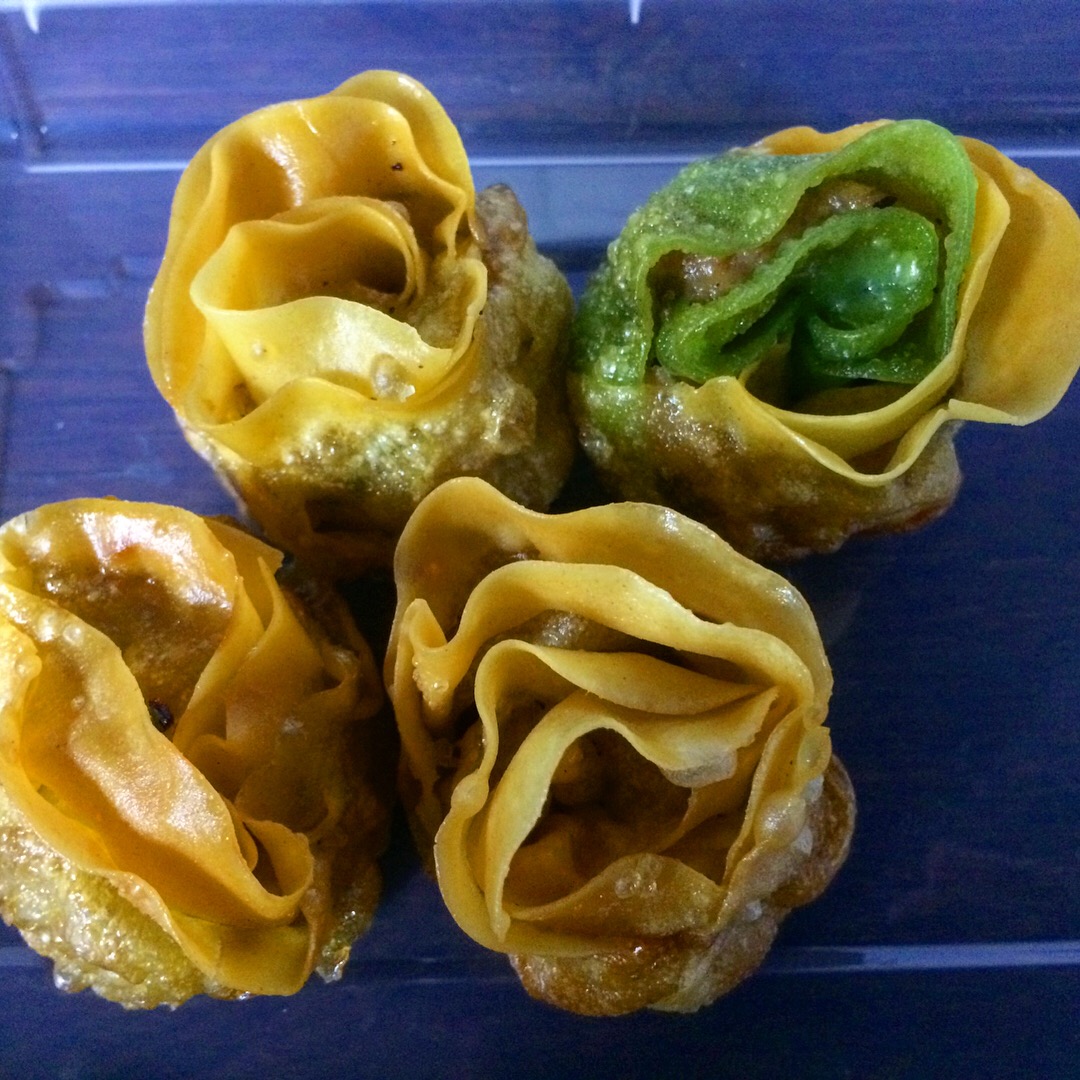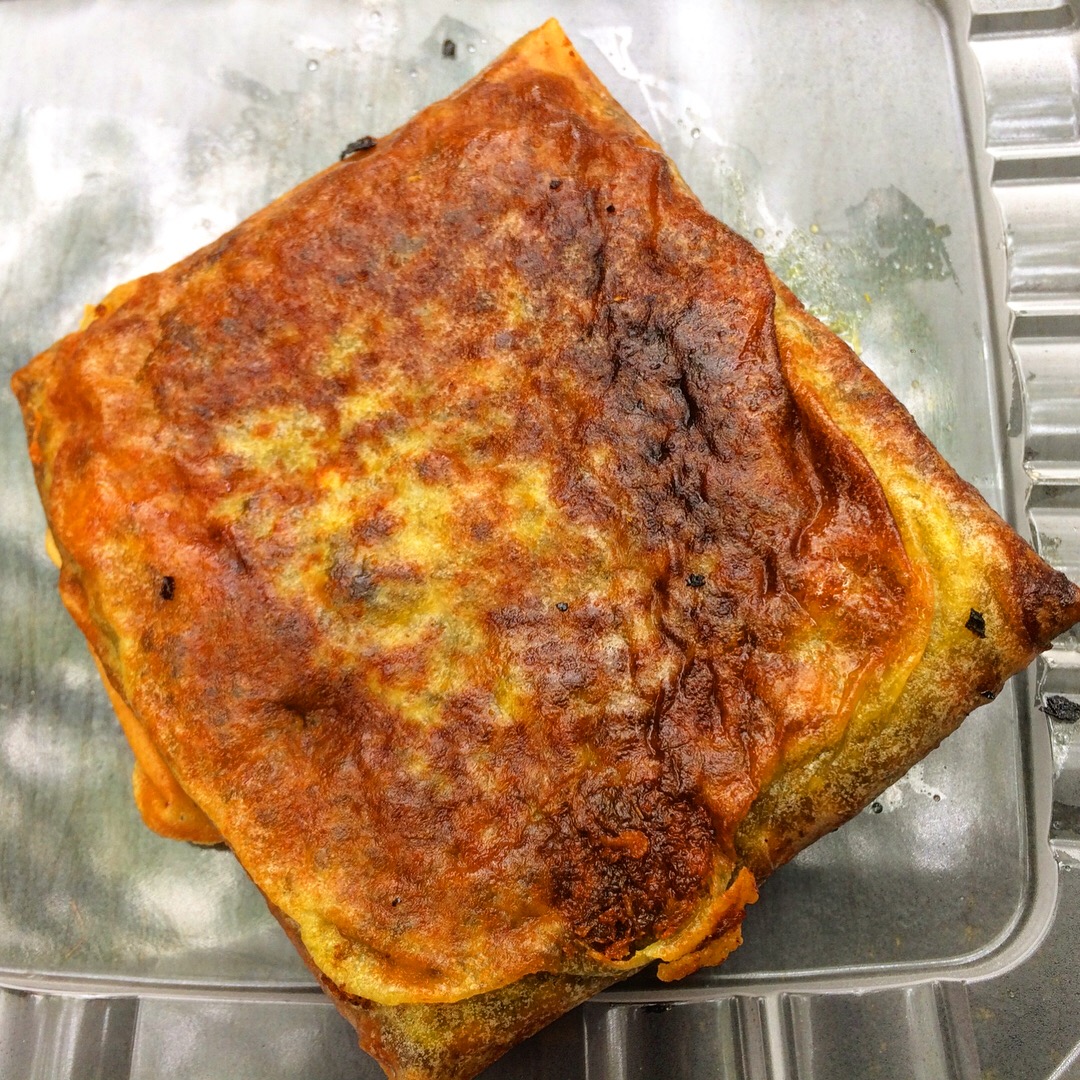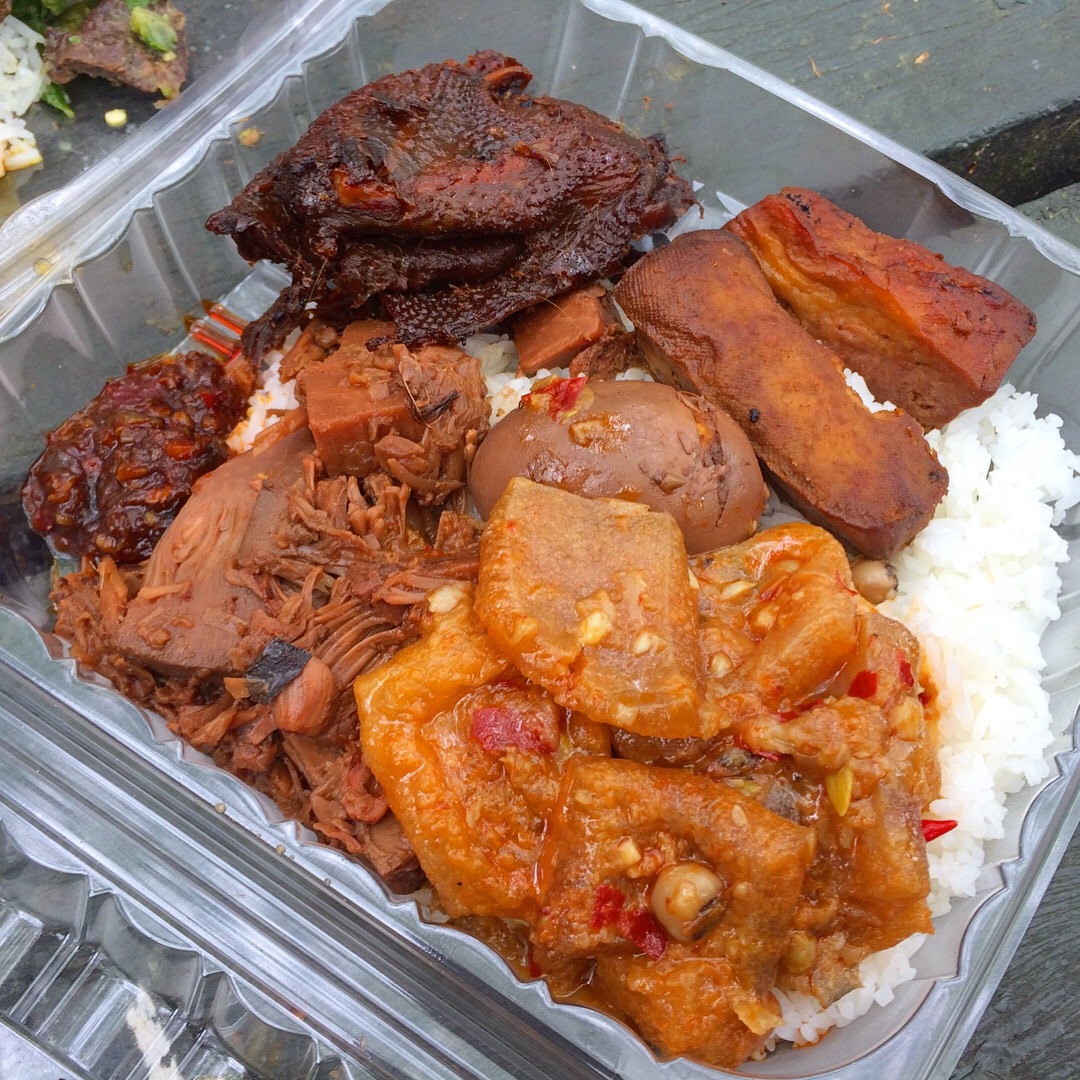Instagram Post 1/25/2019
(Click on any image to view it in high resolution.)
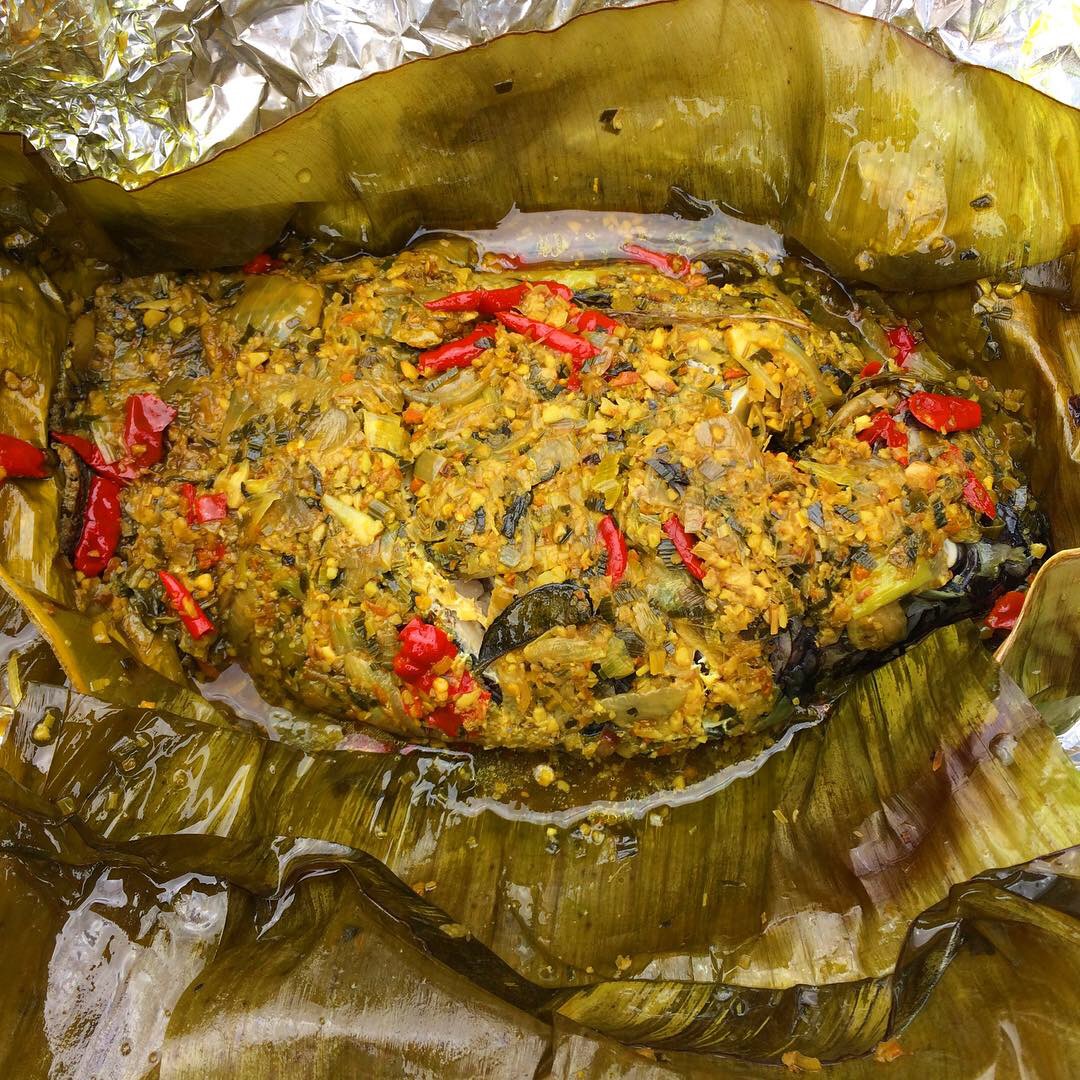
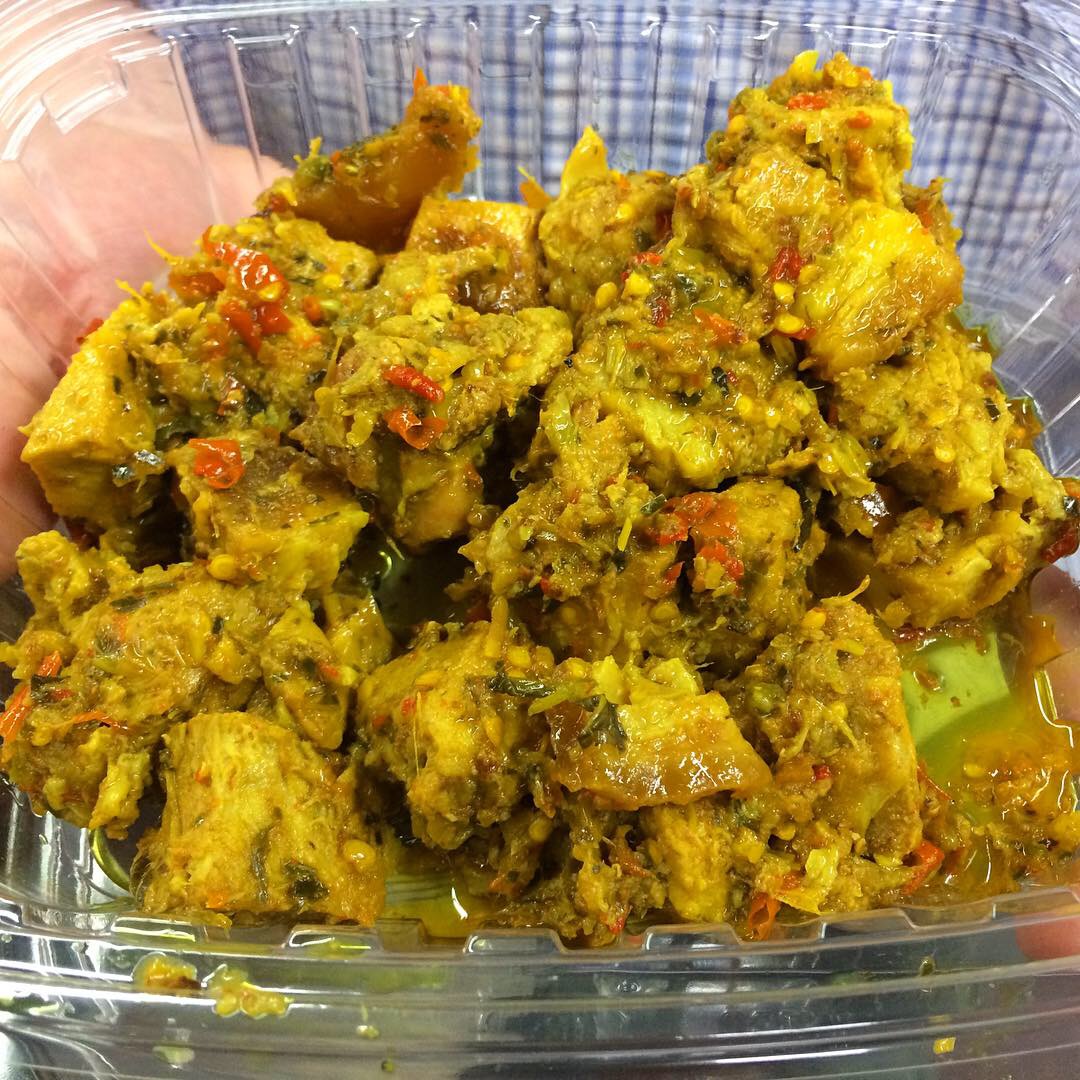
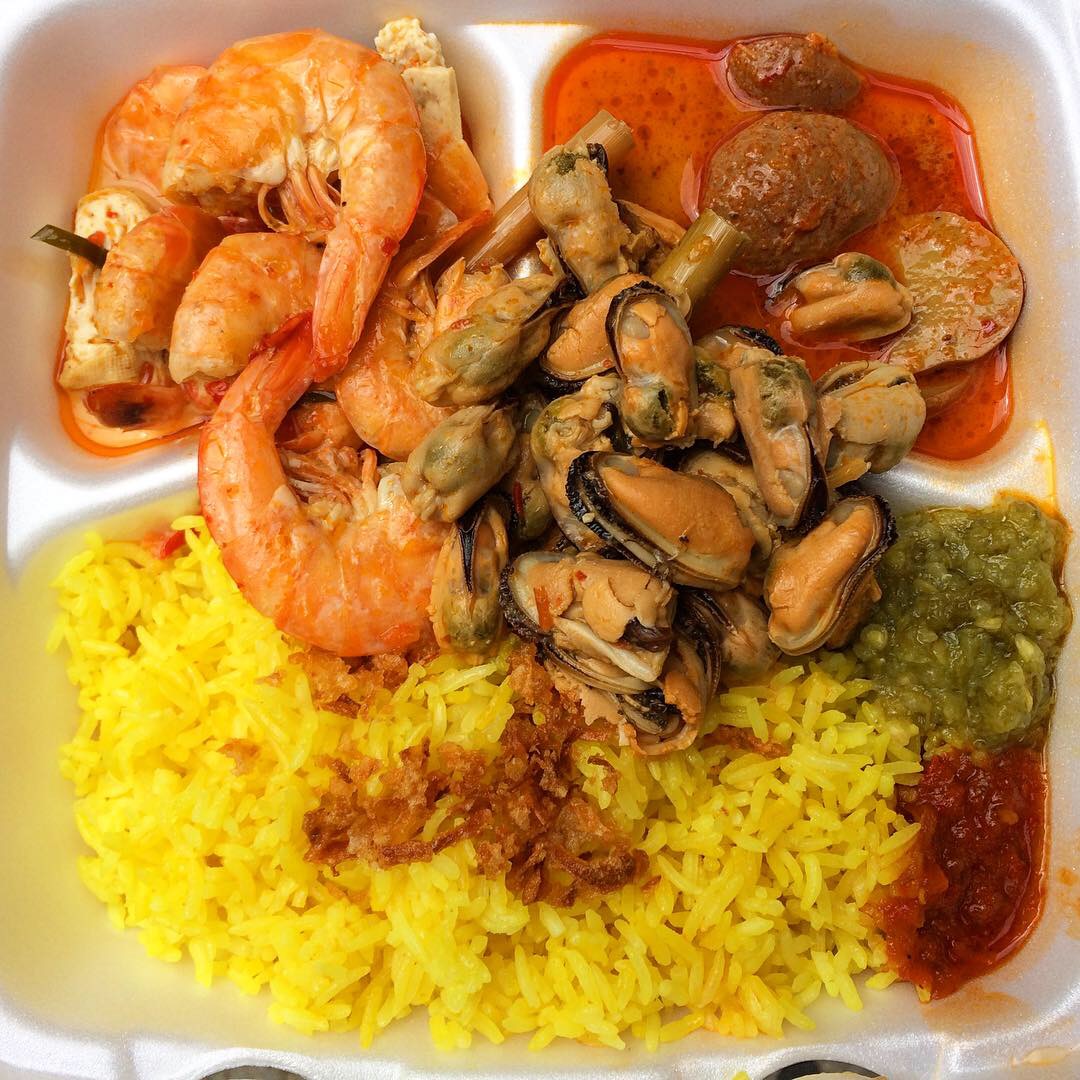
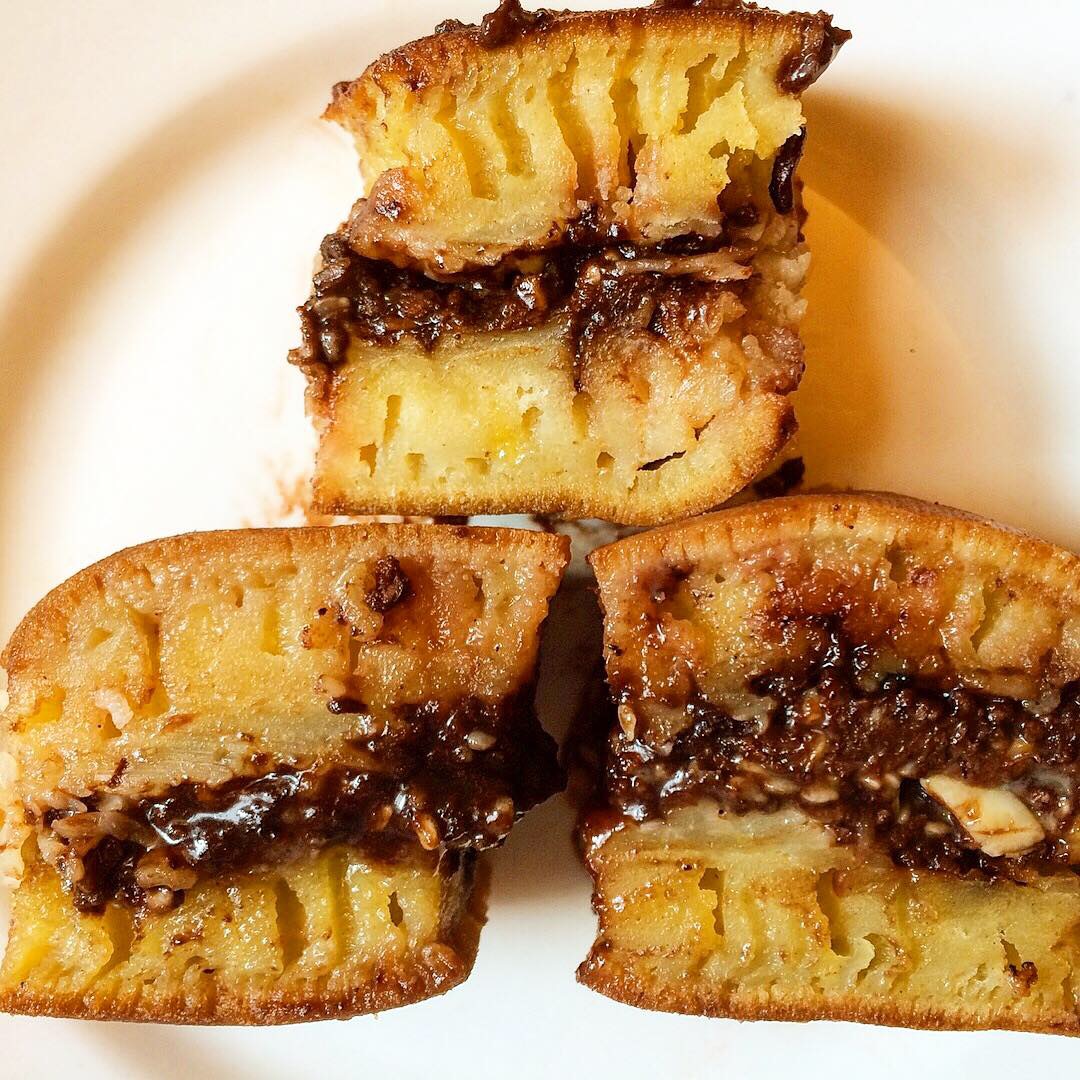
A reminder about tomorrow’s NY Indonesian Food Bazaar (Saturday, January 26) at St James Episcopal Church, 84-07 Broadway in Elmhurst, Queens. It feels like each time I go, there’s something different to taste – and everything I’ve tasted has been wonderful. Here are a few treats from previous monthly events.
[1] Ikan Mujair Pepes – Ikan means fish, Mujair refers to the Javanese inventor who experimented with raising freshwater tilapia, and pepes is a method of cooking that uses banana leaves to seal in flavors. This savory fish was coated with shallots, scallions, lemongrass, garlic, chili, turmeric, and candlenuts.
[2] Babi Rica, a delicious pork (babi) dish hailing from Manado, the capital city of the Indonesian province of North Sulawesi from Kantin Rica Rica’s table.
[3] One of the happiest aspects of the bazaar is the opportunity to pick and choose a bit of this and a bite of that; this plate featured fried tofu, shrimp, mussels, and jengkol, the outsized seeds of a legume tree that taste like a tender, meaty bean served over yellow rice with two spicy sambals because 🌶️ is the name of the game.
[4] My Indonesian dessert weakness from the folks at Enak Iki: Martabak Manis (manis means sweet). This kind of martabak has the texture of a soft crumpet; the mixed version (shown here) is folded around chocolate, peanuts, grated fresh cheese, and sesame seeds. So good!

